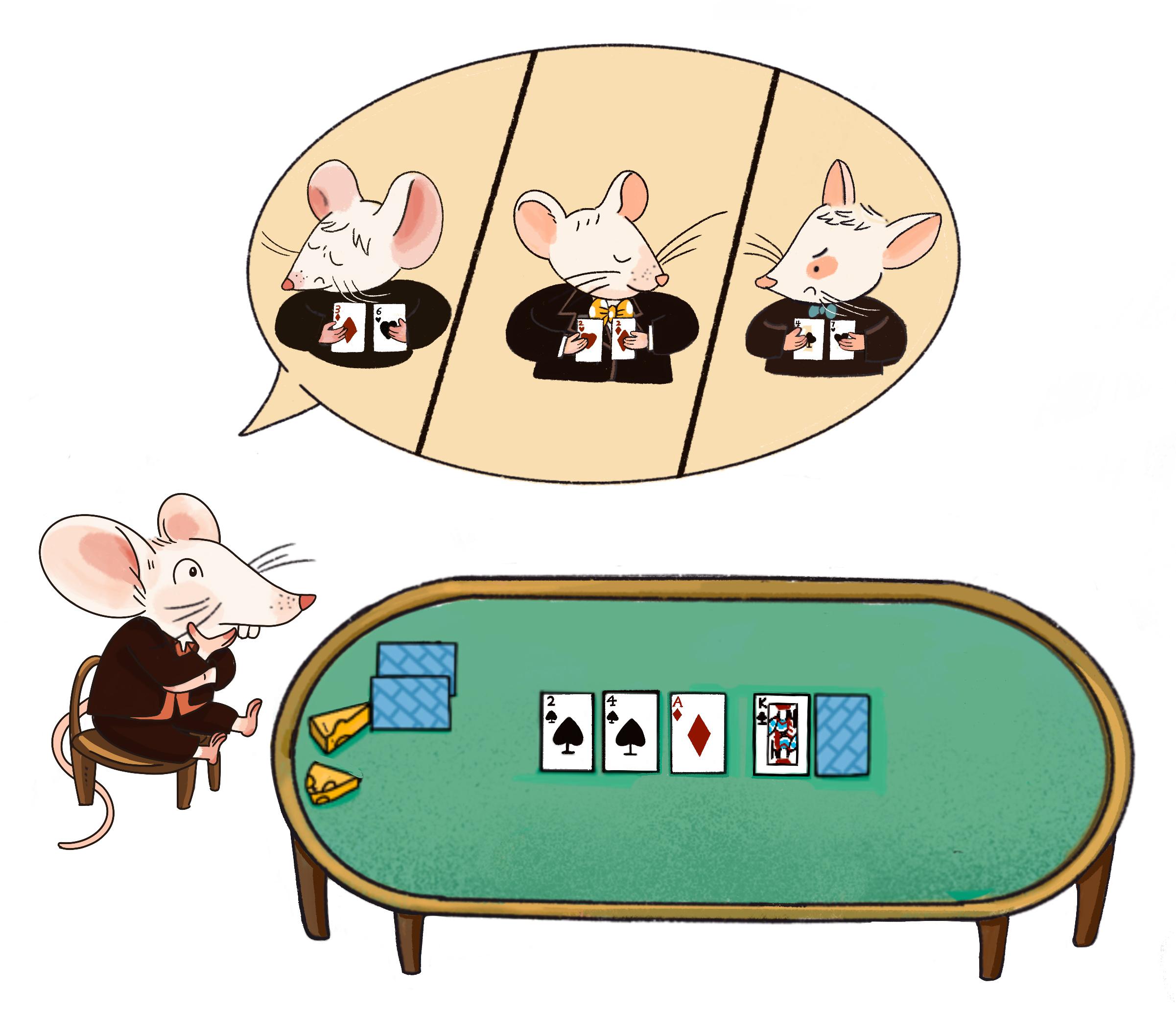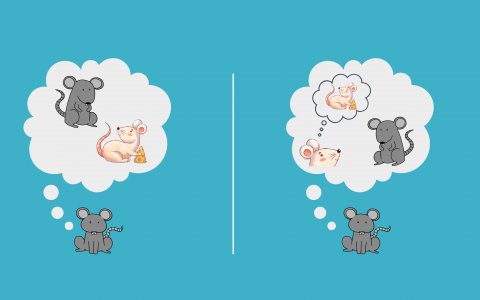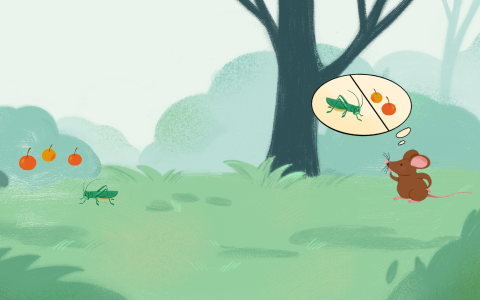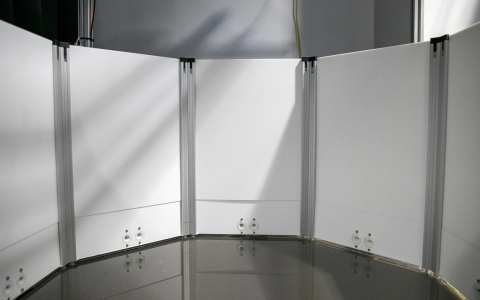
Neural Basis of Cognitive Behaviours
Duan Lab
Research Area
Real life decisions often occur in volatile environments and require strategic interaction between multiple decision makers. These external variables interact with our internal states and past experience, resulting in individual differences in decision preference, even when faced with identical sensory information.
Imagine decisions at a poker table or foraging decisions in a competitive, changing environment. In both situations, animals make decisions based on incomplete information, under risk and uncertainty, and in a social context. Also, in both situations, the optimal strategy requires stochastic choices. Due to the multiplexed and dynamic nature of these types of decisions, there are usually no uniquely correct answers. Instead, choices reflect individuals’ varied decision preferences that lead to differential short-term and long-term gains.
Our goal is to understand how animals make flexible decisions under risk and social influence, and the neural circuit mechanisms underlying these choices. Towards this goal, we combine theory-motivated behavioural designs, quantitative extraction of animals’ internal states, large-scale, cellular-resolution monitoring and manipulation of brain activity during decision tasks, and computational modelling.
Research Topics
1. Decision under risk
Risky decisions are classic examples of economic choices where subjects decide between rewards with different expected value and probability, for example, between a small certain reward and a larger uncertain reward. Risk-averse subjects will only pick the larger uncertain reward when its expected value is greater than the small certain reward. Risk-seeking subjects will play lotteries with lower expected value than the certain reward. Studying the biological basis of economic choices can have real world implications for understanding the volatility of financial markets. It can also help us understand a key computation during decision-making in the face of uncertainty: when does it pay to gamble? For some foraging animals with high energy demand, gambling on a potential high nutrition prey could mean the difference between life and death; and animals’ risk preferences can switch as a function of food availability, temperature, and their internal nutritional states.
To answer the question of “when does it pay to gamble”, we need to understand how the brain computes expected value, compares values of different options, selects an option, and transforms that selection into an action. We use mouse models of risky decision making to study how interconnected cortico-subcortical networks implement each of these computations. Combining cell-type-specific imaging, electrophysiology, perturbations of distinct mesoscale pathways with model-based analysis, we aim to interrogate the circuit logic for economic decisions under risk and understand how animals’ risk preferences adapt to environmental variability.
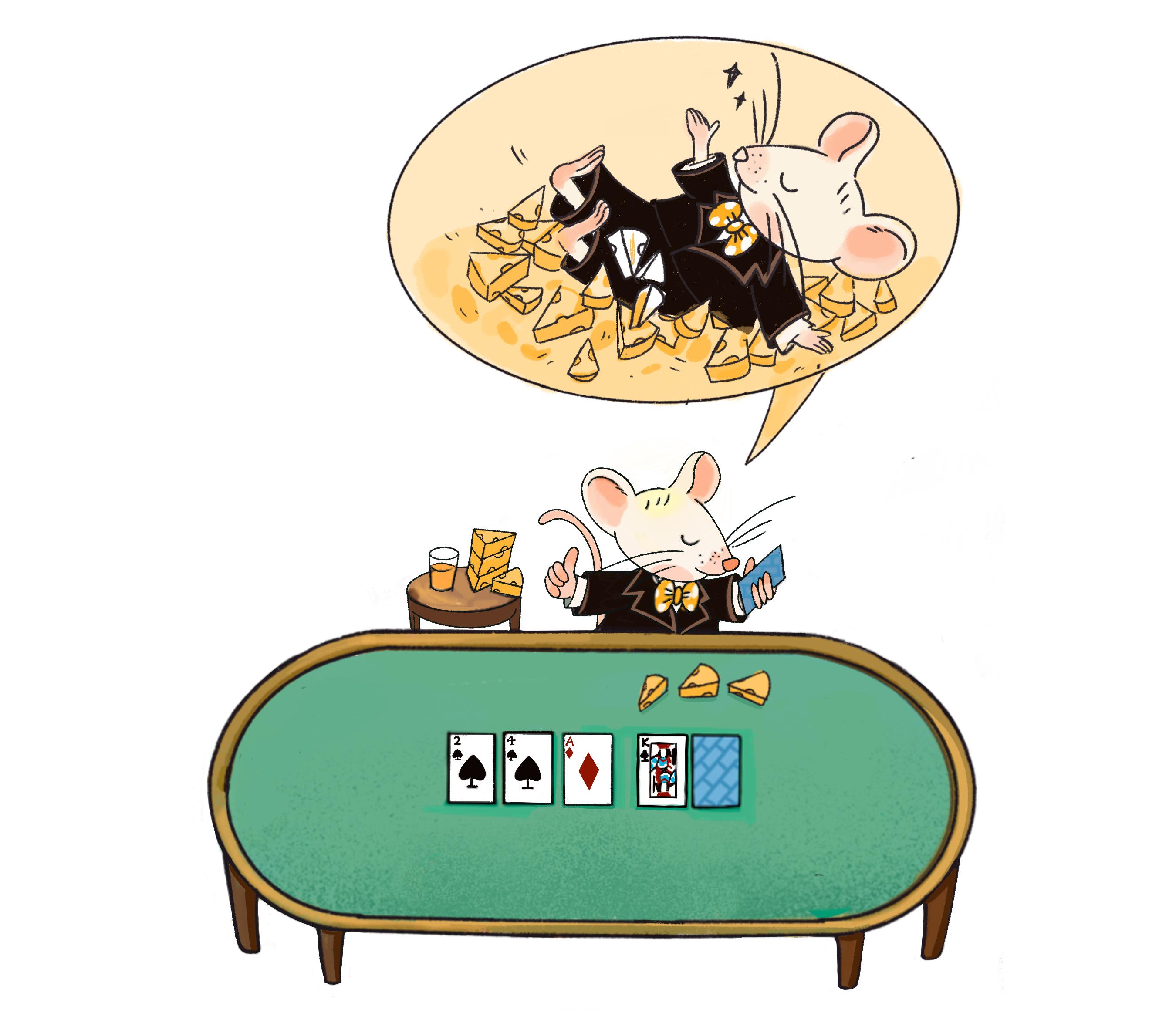
2. Social decision-making
For social animals, decisions are rarely made by a single agent in isolation, but instead reflect a dynamic process of strategic interaction between multiple agents. In humans, and more recently in non-human primates, social decision-making has been probed in a game theoretic framework where the payoffs are contingent upon concurrent decisions of multiple players. Animal studies, in which monkeys or rats play competitive games against computer opponents, show that animals can also adjust their strategies to counter opponents of different levels of sophistication. However, animals tend to pay less attention to their opponent and employ less mutually beneficial strategies when they are playing computer opponents rather than playing another animal. These results underline the importance of studying multi-player decision-making in a setting where subjects can physically interact.
Although social decisions are ubiquitous in our daily life, studying the neural mechanisms of these decisions in a laboratory environment is challenging, due to the number of uncontrolled variables. We aim to tackle this important but difficult problem by training rodents in ethologically relevant foraging tasks that can be quantified in a game-theoretic framework. With these paradigms, we plan to address two fundamental questions for how social decision-making is implemented in the brain: First, where/how information of the other player is represented in the brain? This information can be location, choice of the other player, but it can also be the inferred strategy of the other player. Second, how are “self” and “other” information integrated with reward information to guide choice behaviours in a social context? In the longer term, we will investigate how neuromodulators, such as oxytocin, amplify certain aspects of social decisions.
